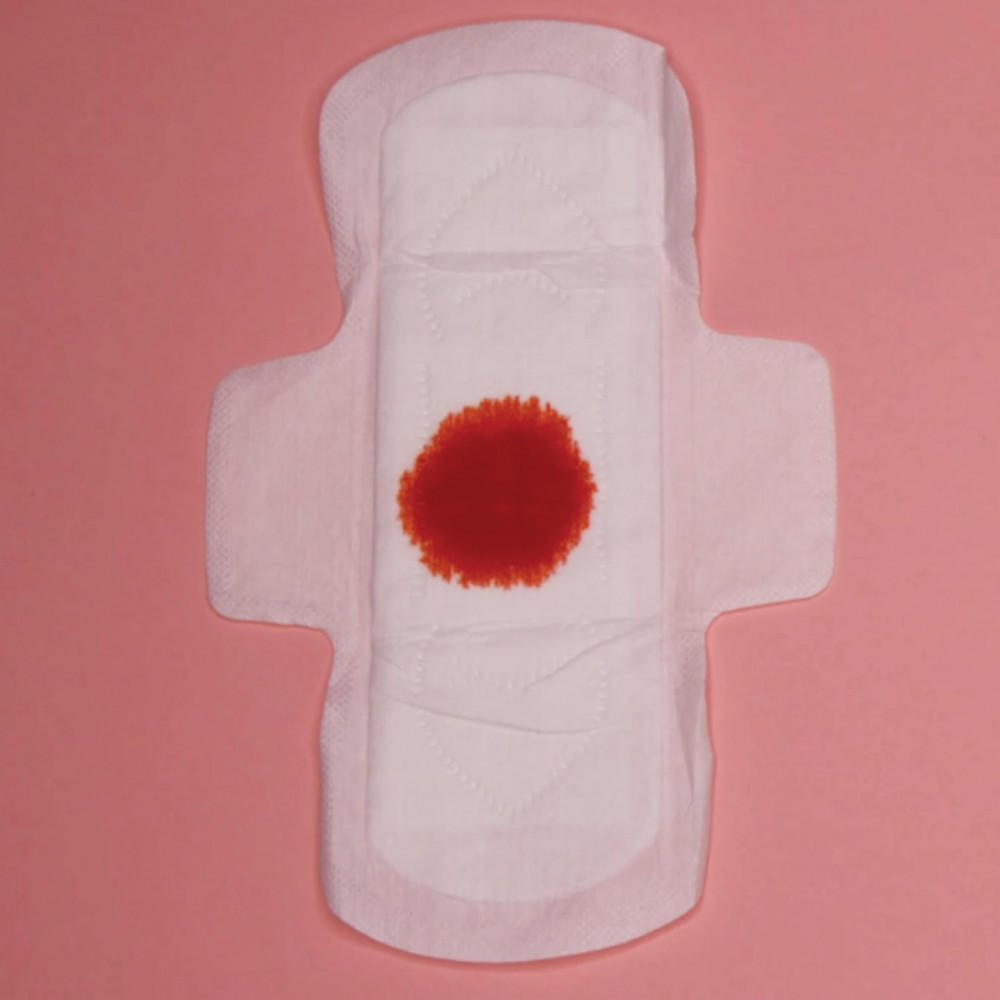Have you noticed how the colour of period blood changes? Of course you have. During your period, tissue and blood is shed from the lining of your uterus out through your vagina. The colour normally varies from bright red to dark brown, and this is down to how old it is, ie, how quickly it’s being sent on its way. In mid flow, when the flood gates are open, it will likely be a vibrant red. At the start and end of your period, the blood tends to stay in your uterus for longer where it is exposed to oxygen, and gets darker.
Other things that can affect blood colour are hormonal changes, diet and lifestyle. It can also be an indicator of health issues, such as infection, pregnancy and anaemia. You know your body best, so if you have any concerns, speak to your GP. Let’s have a look at the period rainbow, and what the different colours might mean.
Bright red Bright red period blood indicates fresh blood and a steady flow. It may go darker towards the end of your period, or it may stay crimson/scarlet. (If you have bright red spotting between periods, or the bleeding goes on for more than seven days, get it checked out.)
Brownish red Brown or dark red blood is older blood. It often appears at the beginning or end of a period. Brown blood or spotting can also sometimes happen when a tiny embryo implants in the wall of the uterus, so is a very early sign of pregnancy.
Black This may just be a more extreme version of brown blood, when it’s been hanging around in the uterus for a while. In rare cases, it can indicate that there is a blockage somewhere. If that’s the case, you’d also most likely be experiencing discomfort or itching, a not-so-fragrant discharge, and fever.
Pink Pink blood happens when period blood mixes with cervical fluid. If you are using hormonal contraception (eg the pill), lower oestrogen levels can cause a lighter, pinker flow. Other reasons might include sudden weight loss or anaemia.
Orange Blood that mixes with cervical fluid can also have an orange tinge to it. This is a bit more unusual. If you have other symptoms such as itching or discharge, you should get checked for STIs or infections such as bacterial vaginosis (BV) and trichomoniasis.





